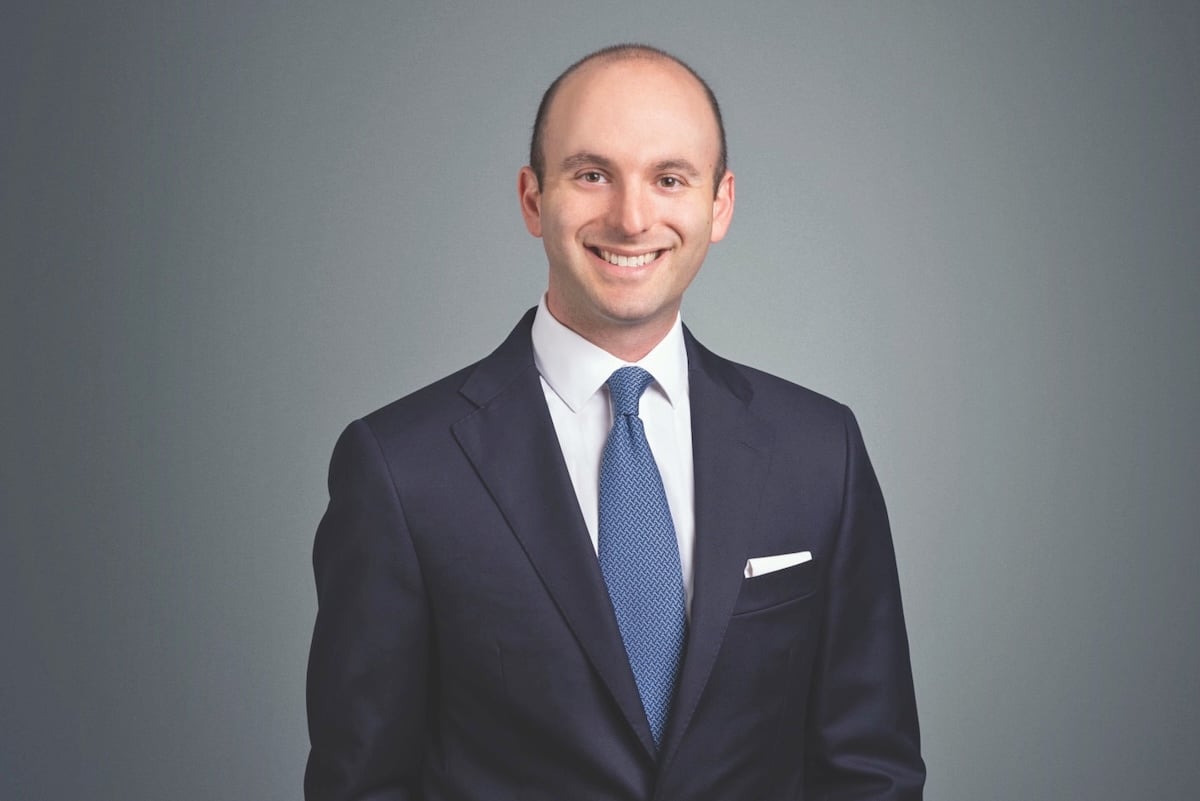More than a third of developers statewide are putting the brakes on projects – or canceling their plans all together – due to concerns over tariffs and supply chain constraints, according to a recent commercial real estate survey released by UCLA Anderson School of Management and the downtown L.A. law firm Allen Matkins.
The joint initiative surveyed 140 real estate firms statewide across multifamily, office, retail and industrial sectors and found that 85% of respondents also reported being more cautious of new developments.
“Real estate investors and developers are wary of any uncertainty, and so when you talk about tariffs and the difficulties in capital markets, that leads to uncertainty,” Spencer Kallick, operating partner at Allen Matkins’ Century City office, said. “Nonetheless, there’s still a lot of dry powder and capital on the sidelines who are looking to invest in great deals.”
Kallick said much of this is coming from the multifamily space right now, both on stabilized multifamily and on entitlements for new multifamily. This already active market has taken off further in L.A. with the increased need for housing after the wildfires.
Demand for multifamily continues to outpace supply across the state, and 53% of the survey’s Los Angeles respondents anticipate rental supply to tighten even further.
The majority of California’s regions anticipate office recovery, apart from Los Angeles, Sacramento and the Inland Empire, the report found. Moreover, just 27% of Southern California professionals believed office would recover and see a new development cycle in the next three years.
When it comes to office, L.A.’s overall market is down, but Kallick emphasized how different the landscape becomes within the county’s submarkets.
“Trends are very submarket driven. Downtown L.A. continues to be a challenge, but when you talk about Century City, it’s the hottest submarket in all the United States,” Kallick said.
Avison Young reported in May that Century City was the top-performing office submarket in the entire West Coast.
Additionally, the survey showed SoCal’s office development intentions went up from 9% in Allen Matkins and UCLA’s 2024 winter survey to 16% now. While this is still relatively low, Kallick outlined where he’s seeing office growth. He said that he first sees growth opportunities with owner-user buildings and second is with class A plus, which has much lower vacancy than office overall.
He is also seeing a shift toward longer term office leases locally in the 15- to 25-year range.

“People have adjusted, and businesses have adjusted to the new norm when it comes to being back in the office and have a better idea about how they can right size and how much space they need,” he said. “As a result, they are starting to make longer-term decisions about growing their office footprint.”
Similar to the office sector, Los Angeles, Sacramento and Inland Empire are the only markets in the state with pessimistic outlooks in the retail space.
Yet despite lower retail optimism in L.A. and with rental rate growth expected
to lag inflation, more SoCal developers reported planning new retail projects than NorCal developers.
The most prevalent retail developments Kallick is seeing in Los Angeles are centered around new brands, not as easily accessible through e-commerce, as well as experiential retail.
Across the state, industrial remains a steady asset class with survey respondents anticipating moderate rental rate growth in Los Angeles, as well as San Francisco, East Bay, Inland Empire, Orange County and Silicon Valley.
“The industrial sector always seems to remain strong, and I think that’s driven in large part due to e-commerce,” Kallick said.
In fact, e-commerce was the top answer in the survey for factors driving industrial development, outranking data centers and AI.
With more retailers operating at a similar delivery pace as Amazon.com Inc., the need for warehouse space in close proximity to a company’s customer bases is important, Kallick said.
Even still, the survey also found that 31% of Southern California respondents expect more than one industrial project to break ground, compared to 54% from the prior survey.
In response to this decline, Kallick asserted that this trend is being seen across all sectors when it comes to new projects.
“Real estate investors and developers are loath to begin construction in this uncertain market, and they’re concerned about locking in a GMP (guaranteed maximum price contract) when the next day, tariffs might go up, might go down,” Kallick said. “That creates confusion about when to start new construction.”
One factor impacting occupancy in the existing supply is that some of the industrial buildings that have traded hands in the last few years have implemented higher rent pricing, Kallick said.
“As a result, those buildings that need to hit a high rental rate are remaining vacant while older class B and C buildings that don’t have a rental assumption quite as high are seeing more leasing activities,” he said.
